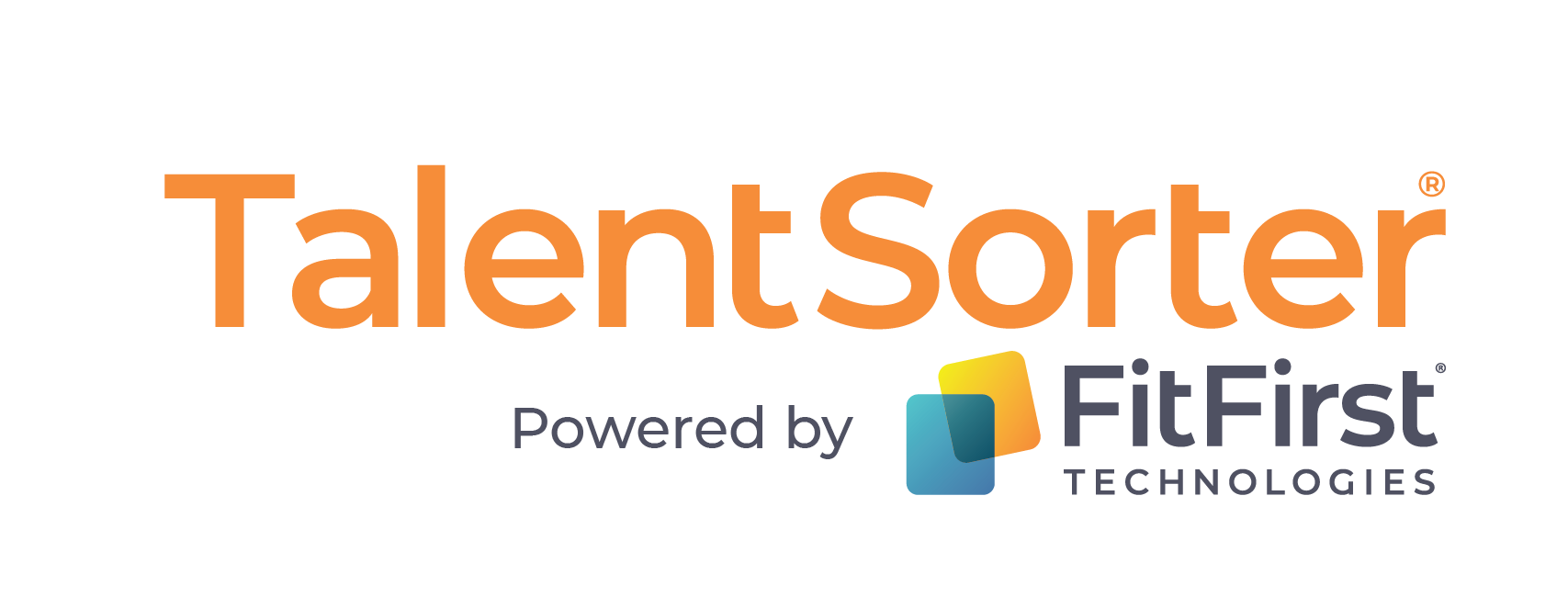Are you hiring the best talent for your business?
If you are evaluating candidates based on traditional measures, you may be making a costly mistake.
We’ll help you tap the top talent and boost productivity by busting 10 popular hiring myths.
Myth #1 – The position requires a candidate with at least 3-5 years’ experience
It’s tempting to rely on previous experience when sorting through résumés, but doing so overlooks an important factor that will have a much bigger impact in determining a new hire’s success in your company: their likely fit.
The inability to fit in with the corporate culture and difficulty getting along with co-workers are common reasons for termination, no matter how experienced the employee may be.
Put fit at the top of your criteria list and seek out candidates who will adapt well to your workplace and work productively with your employees and customers.
You can teach them the skills they need to succeed in the job but you can’t teach fit.
Myth #2 Résumés and cover letters will help you identify the best candidates
A beautifully designed resume and well-articulated cover letter definitely help make a candidate stand out.
But does that mean they are the best hire for your position?
In today’s business world it’s impossible to tell based on a résumé alone.
Candidates often hire third-party professionals to create these documents for them; others copy and paste from the internet while others (over half) will exaggerate and even fabricate qualifications.
Unfortunately there is nothing in a résumé which can tell you how well a candidate will perform on the job or how long they will choose to stay with your company.
Measure what matters. Experience is relevant but screen candidates first for the things that REALLY matter – those qualities that are reliable indicators of fit, productivity and retention.
Myth # 3 Your best chance of finding the right candidate lies in attracting the largest possible pool of candidates
Finding the best candidate isn’t simply a numbers game.
Posting your opening on every major website, bulletin board and job search site might bring you a large number of applicants but doesn’t improve your chances of finding the right candidate.
Quantity does not guarantee quality. In fact, chances are the high quality employee you want isn’t even actively looking for a job. More than likely he or she is currently employed.
60% of the workforce isn’t actively looking for work but also isn’t in love with their current job. That’s the pool of candidates you need to target. They may not even have an up-to-date résumé but don’t let that deter you.
In fact, requiring candidates to submit a résumé can deter the best talent from contacting you.
Develop a process that allows the best people to introduce themselves without the inconvenience of submitting a résumé, and you all win. You find the right talent, and they find the right position.
Myth #4 First impressions are lasting impressions
If you think the first five minutes with a candidate can tell you everything you need to know, think again.
While statistics continue do show that most managers subconsciously decide whether or not to hire a candidate in the first three minutes or so of the interview, snap judgements often lead to costly errors.
Avoid falling into the first impression trap by focusing on your goal; finding the best employee, not the best candidate. It’s an important distinction…
Top candidates have a great résumé, show up early for the interview and look the part, but these factors may little to no bearing on how long they will stay or how well they will perform.
Top employees, on the other hand, learn fast. They take responsibility and build solid relationships with coworkers and clients. They fit your business and your culture. THOSE are the factors you should be screening for in the interview.
Myth #5 Top performers demand top pay and benefits
There’s no question that you need to offer a competitive wage and benefits package but it’s far from the most important criterion weighed by potential hires.
Focus instead on what researchers call the four critical aspects of fit; Fit with manager; fit with the job; fit with the team; and fit with the company.
The best decision you can make for your business is to hire top performers who perform better and stay longer. The best decision a candidate can make is to take a job where these same four aspects of fit align well for them.
Get ‘fit’ right, and there’s a lot more forgiveness on the compensation front.
Myth # 6 Behavioral interview questions are the best way to predict future success of a candidate
Behavioral questions might seem like the best way to get to know a candidate’s strengths and weakness but here’s the problem.
Most applicants expect this type of question and prepare answers based on what interviewers want to hear. Unless you are a highly skilled interviewer, the answers you get may not be reflective of the candidate’s behavior at all.
Instead we recommend asking questions that go deeper than behavior.
Ask the candidate to tell you stories about what worked well for them and what didn’t, specifically as it relates to past managers, other people, previous jobs and other situations.
Rather than hearing what they want you to know, you will learn more about the attitudes, beliefs and values that drive the candidate and can better predict their likelihood of success in the reality that would be awaiting them at your establishment.
These tertiary-level questions will give you a clear and reliable indication of how the candidate will fit in your business, in the job, and with co-workers and clients.
Myth #7 Avoid investing in Millennials because they’re unreliable and won’t stay with your company long
This new generation of employees has a very different approach to work than the generations which came before.
However they are the future of the business world and savvy managers will learn how to best harness their unique talents and turn them into profits.
Contrary to urban myth, Millennial workers are not flighty or unreliable. Research shows they want meaningful work at a company where they feel their contribution is valued.
It’s up to business to create an environment where these employees can thrive.
Being successful is not just finding employees that fit your current business model; sometimes it’s about adapting your management style to fit the performers who can bring the most value to your company.
Myth #8 Stealing a competitor’s top performing employee is a recipe for sure success
Hiring a top performer away from a competitor may seem like a no-brainer but does it guarantee success?
Even though a worker is a star performer in another organization, even in a similar role and industry, they may not flourish in your company.
In fact you have no way of knowing whether they will fit you’re your managers, with the critical aspects of your role, with your workers, and your organization’s culture and systems.
Instead of poaching talent from your competitors, identify people who have the capacity to thrive in your unique environment.
Find candidates who are at their best in the management climate you offer, who are drawing from their natural strengths and talents in the roles you offer, who engage easily and productively with the rest of the team and your customers, and who are proud to contribute to the organization.
Myth #9 Low employee turnover is a sign you are doing things right
Low employee turnover may seem like a positive sign of stability and employee satisfaction, but sometimes low turnover comes at a high price.
It’s important to look not only at the quantity of workers who stay with your company but also at the quality of your people.
If employees are comfortable staying at your company because their role is easy – the bar’s not set too high, standards are pretty lax, and mediocre performance is tolerated – those employees are likely limiting your business’ ability to grow and succeed.
By raising your standards and expectations, you will attract talent who share those higher standards and expectations.
The most valuable competitive advantage for any business is to be staffed with top performers who are on their game… and they aren’t always the ones who are going to stay longest. Careful what you read into a turnover number; it can sometimes be misleading.
Myth #10 Investing in employee satisfaction leads to business success
Employee perks are all the buzz these days – catered meals, recreational facilities, concierge service and more have become commonplace.
But are satisfied employees really profitable employees?
Unfortunately, there is no proven correlation between employee satisfaction and business success.
A happy workforce is not necessarily a more productive workforce. Employee engagement is a far better predictor of performance than employee satisfaction.
Engagement refers to how focused and committed your staff is to exceeding your shared objectives – how much effort and creativity they are willing to put into the business because they want to, not because they feel obliged to.
The best way to achieve and maintain high levels of employee engagement is paying attention to the leading indicators of fit. People who are a strong fit, are more likely to be engageable in your environment, and are therefore more likely to generate superior results.
[vc_row][vc_column][rd_cta style=”rd_cta_2″ title=”Need Help Hiring for Fit First? Try Our Candidate Testing & Assessment Tool” left_border_color=”#04bdce” button_text=”FREE TRIAL” button_link=”https://www.talentsorter.com/free-trial/” target=”_self” button_color=”#ffffff” button_bg_color=”#04bdce”]Use 25 Years of Behavioural Science to Test, Assess & Hire the Right People for Your Organization, Reduce Turnover 40-60%! Start a FREE TRIAL (no credit card required)[/rd_cta][/vc_column][/vc_row]
